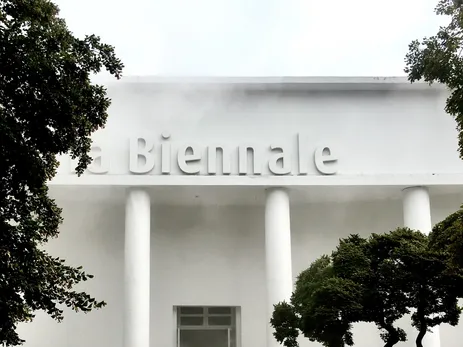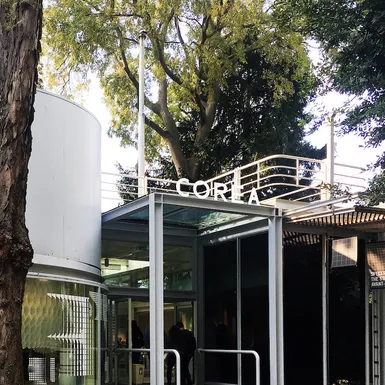Architecture Exhibitions at the Korean Pavilion for the Venice Architecture Biennale, 1996-2014


Though a notion of national identity has faded lately in exhibitions, the existence of national pavilions is still a dominant feature that distinguishes the Venice Biennale from other bi- and triennials. Among the thirty pavilions at the Giardini della Biennale in Venice, the Korean Pavilion is the last national pavilion completed in 1995. Belatedly entered with the optimistic name expected to accommodate two Koreas jointly in the future, the place has only become an unprecedented exhibition venue for one half, South Korea. In South Korea, the Korean Pavilion for the Venice Biennale is unique as it is one of the earliest and the oldest architectural platforms, embracing Korean architecture even before the exhibition sphere emerged within the country in the mid-2000s. In the recent realization and expansion of such discourse—with the first inauguration of an architecture museum and an autonomous architecture biennale in South Korea, this research reflects on the trajectory of the architecture exhibitions at the Korean Pavilion. The study illuminates and investigates its decades-long oscillation between the Korean domestic architecture scene and the global/western field to consider the Korean Pavilion and its exhibition’s catalytic roles played at the junction of geopolitical and artistic values, the Venice Architecture Biennale.
Hynuah Lee MSc. Arch. Seoul National University, South Korea
since 2019